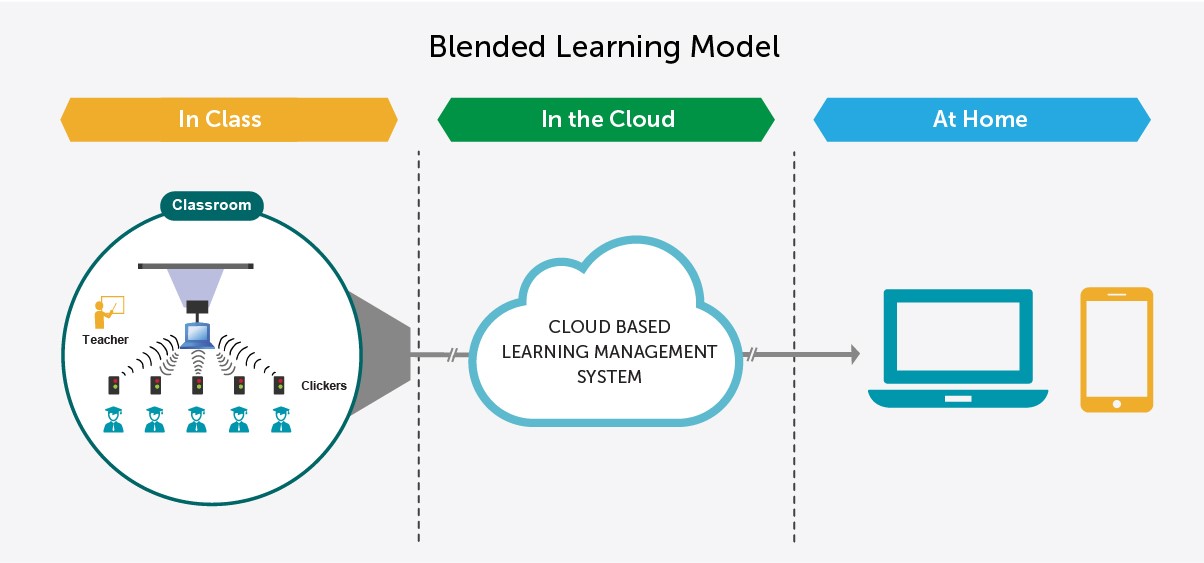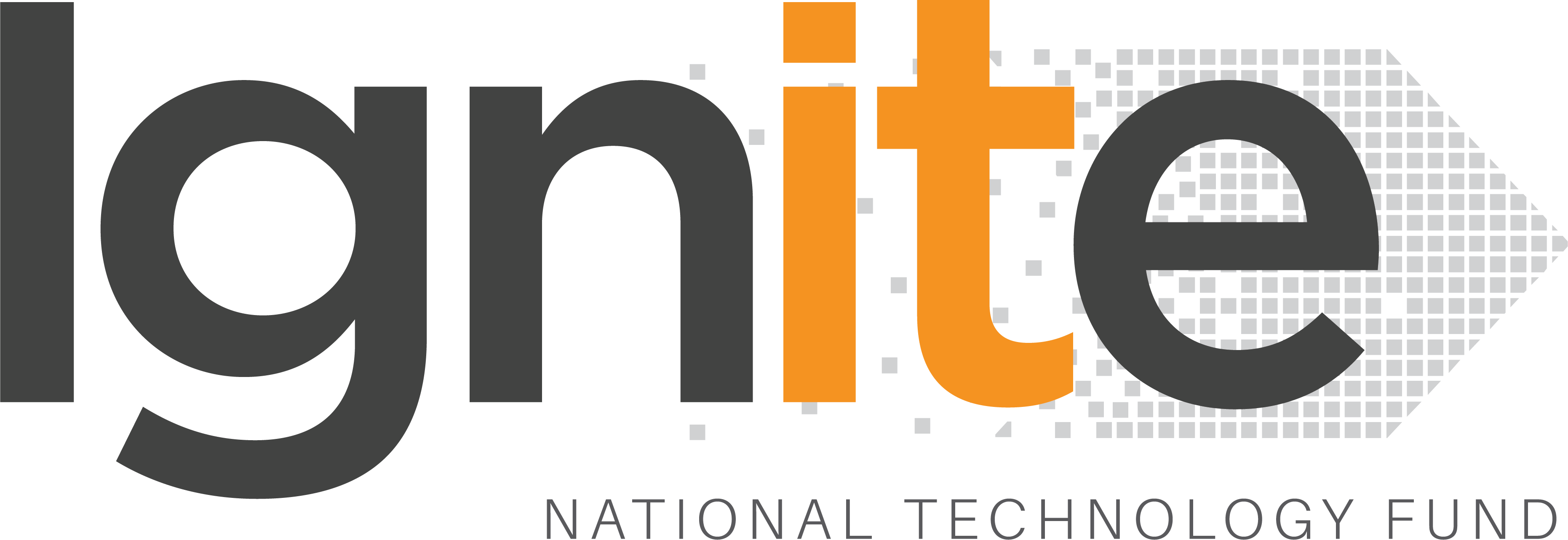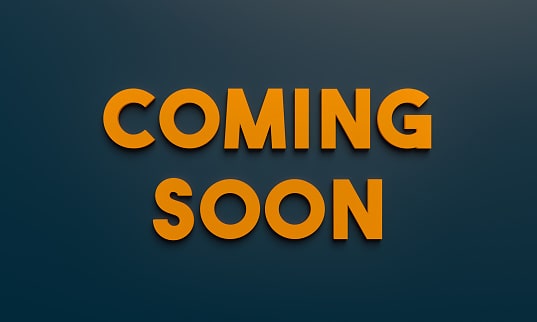The use of technology in all aspects of life is the way of the future. Pakistan’s education sector has to become comfortable with using ICT in learning as this is the new playground for stakeholders in education world-wide. In 2012, the ICT R&D Fund granted funds to Knowledge Platform to develop a low-cost learning and teaching method that would combine traditional teaching methods in classrooms with technology. In its initial phases, this blended learning solution was aimed at students and teachers of 9th Grade Mathematics.
Knowledge Platform further developed the blended learning solution and then went on to expand the content with its own funding while making the transition to the education sector. This initiative helped launch Knowledge Platform as a major player in education technology in Pakistan, China and the Philippines over a very short period of time. The project, initially called Integrated Scholastic Learning Systems, has now been streamlined into a quality education product.
An offshoot of the solution, Learn Smart Pakistan (LSP) was launched in 2014 and provides access to 9th and 10th Grade Math and English students to Board-mandated content and assessments, completely free of cost. LSP currently caters to more than 11,000 students in 351 cities and 2024 schools.
What began as a pilot project supported by the ICT R&D Fund has now truly transitioned to an innovative technology poised to transform the education system across the globe.
So how does it work? (Watch a video here)
The blended learning solution is aimed at middle and high school students. Teachers deploy the solution in classrooms, showing learning videos and conducting assessments through cheap devices called ‘clickers’. The content can be used to conduct whole lessons or can provide a strong scaffolding for the lessons already planned by teachers. Students can also access the content individually at home through tablets, mobiles and laptops.
The blended learning solution uses existing generic hardware in schools. Schools with access to their own laptops, desktops and projectors can use these to run the blended learning solution during classes. The technology needed consists of a laptop or a desktop computer, a projector with a UPS, and clickers. Multiple classes can use the same clickers and hardware. The software is loaded to the laptop, so that no internet connection is required during classes, a major benefit for schools and students situated in areas with limited connectivity. Student results are synchronized to the cloud after class or once per week, so that administrators, teachers, principals or other administrators can be kept informed of the results of frequent tests. This also allows students and teachers to resume where they left off when they next want to access the solution.

English and Mathematics content in the form of learning videos, games, practice questions and adaptive assessments is specially designed and mapped to the local curriculum. All content is created keeping cultural and religious sensitivities in mind. Furthermore, the team at Knowledge Platform creates content by first identifying the skills that students must master in the national curriculum. All learning objects target these skills so that students acquire a mastery over concepts outlined in the syllabus.
A comprehensive performance dashboard provides reports for stakeholders at all levels including students, teachers, parents, school administrators, principals and government officials.
One of the challenges faced by the education sector in developing countries with burgeoning youth populations is that classrooms are often over crowded. The adaptive assessment system coupled with instant feedback and report generation makes it easier for over-worked teachers to identify learning gaps in classrooms that may otherwise go unnoticed.
Finally, technology is often hard to deploy in rural areas. Governments cite capacity limitations. The fact that the blended learning solution does not require an internet connection and can be fully used on offline mobile devices enables students in very remote areas access to quality, Board-mandated education materials. This is especially beneficial for young women who are sometimes not allowed access to public spaces and schools to continue their education. In fact, our research has indicated that young women are likely to more actively engage with the solution and its contents.
An external evaluation of the Blended Learning Solution highlights improved teacher quality. It also showcases increased students interest in classroom activities by 80-100%. Use of the blended learning solution improves student learning outcomes by up to 25% in a period of a few short months. Today, Knowledge Platform serves more than 54,500 students and over 175 schools in China; 23 schools have licensed the learning management solution in the Philippines for 14,000 students. In Pakistan, Knowledge Platform is expected to reach 50,000 students by the end of 2018.
So far, teachers who can sometimes be resistant to technology have been vocal supporters of the solution. As one Mathematics teacher in Mardan puts it, “students stay engaged and participate more fully when we use the solution in class. This is one of the best programs.”



